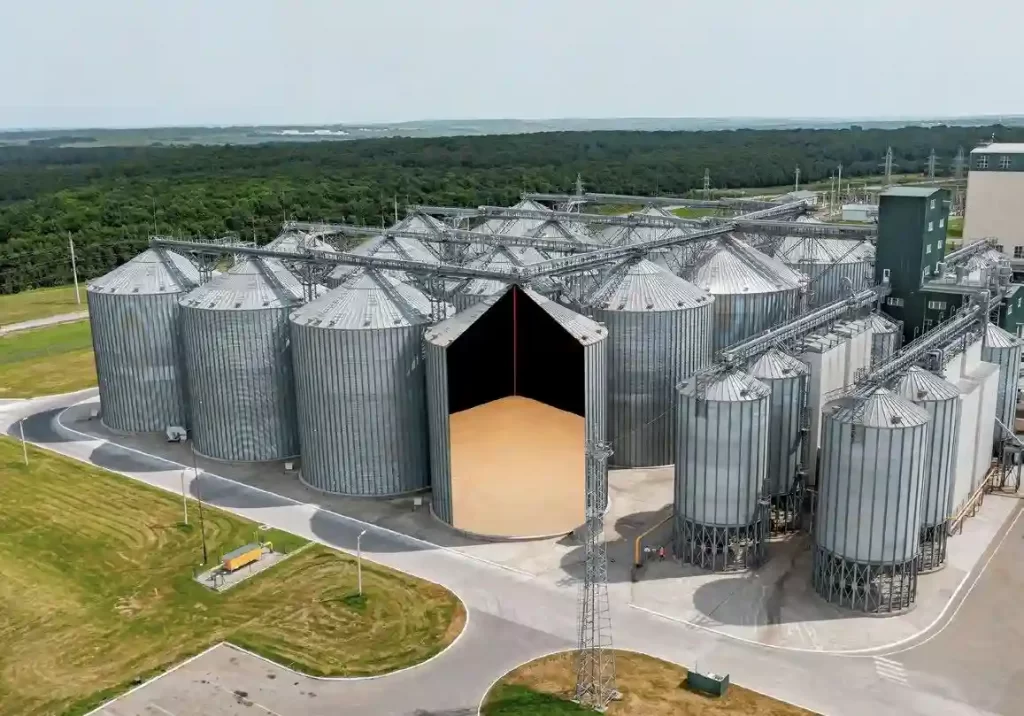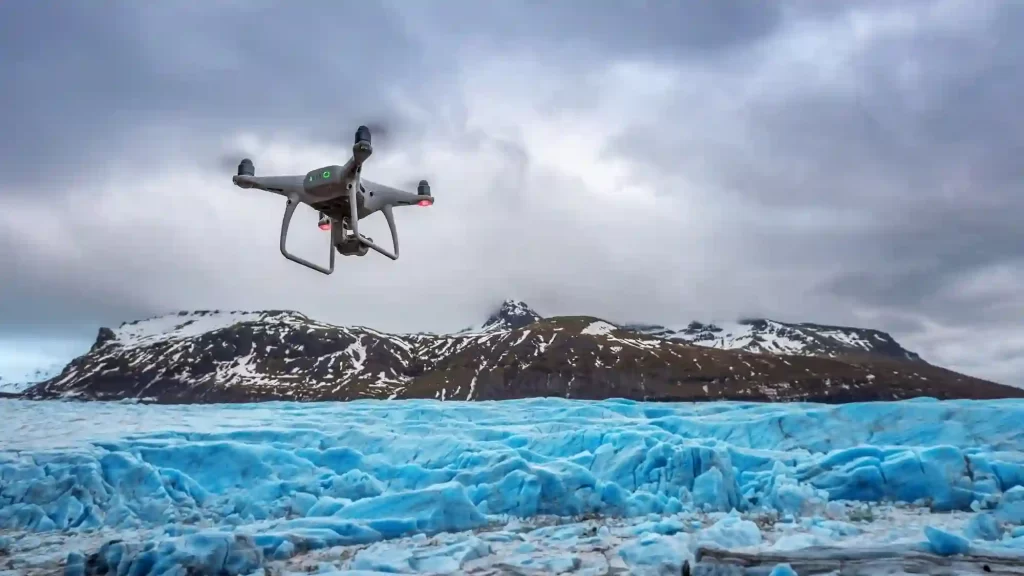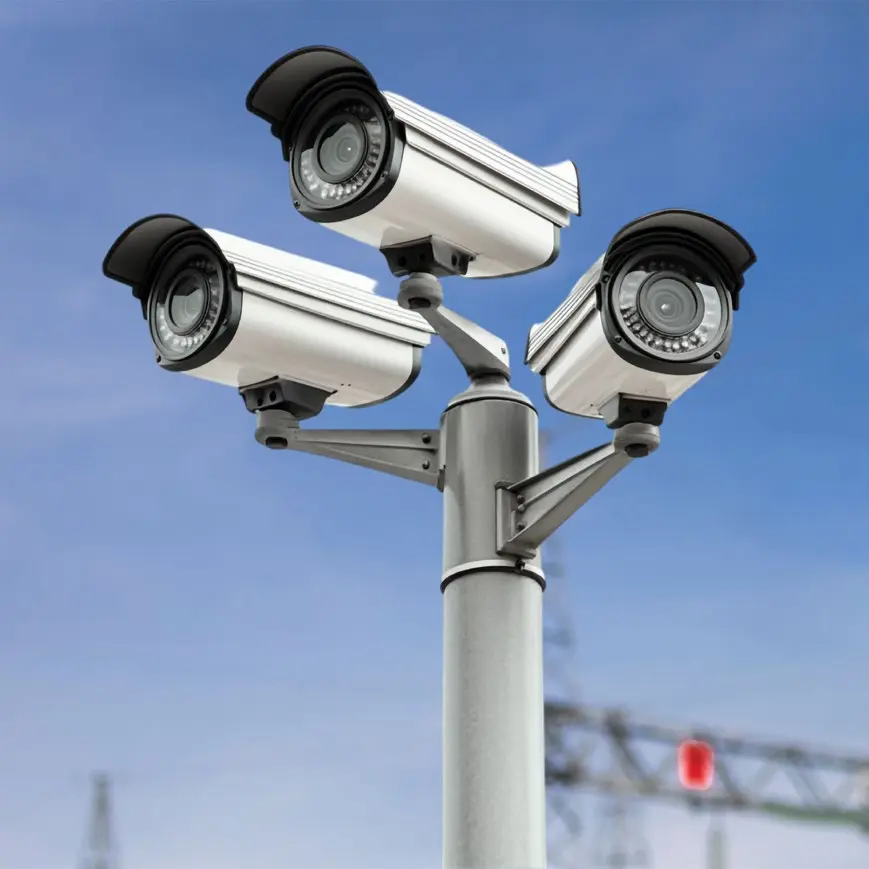O guia completo do comprador para escolher o melhor sensor de distância de medição
Dos princípios às aplicações - Tudo o que precisa de saber antes de comprar
Introdução
Uma medição sensor de distância é um componente essencial na automação industrial e na robótica actuais, topografiae aplicações para dispositivos inteligentes. Quer esteja a trabalhar numa linha de produção em grande escala, a desenvolver um robô autónomo ou a realizar levantamentos precisos de terrenos, a escolha do sensor de distância correto pode determinar a precisão, a eficiência e o sucesso do seu projeto.
Com tantos modelos e tecnologias disponíveis - desde distância do laser sensores a módulos ultra-sónicos e de infravermelhos - pode ser um desafio decidir qual é o mais adequado às suas necessidades. Este guia irá guiá-lo através dos princípios de funcionamento, critérios de seleção, áreas de aplicação e considerações do fornecedor, para que possa tomar uma decisão de compra com confiança.
O que é um sensor de distância de medição?
Um sensor de medição de distâncias é um dispositivo que detecta e mede a distância entre si e um objeto alvo sem contacto físico. É amplamente utilizado em automação industrial, sistemas comerciais e eletrónica de consumo para medição de distâncias.
Tipos de sensores de distância de medição:
1.Sensores laser - Alta precisão, resposta rápida e desempenho de longo alcance.
2.Sensores ultra-sónicos - Baixo custo e versátil, mas menos preciso do que o laser.
3Sensores de infravermelhos - Curto alcance, económico para produtos de consumo.
4Tempo de voo (TOF) sensores - Fiável para distâncias curtas a médias com uma precisão consistente.
Como funcionam os sensores de distância de medição
O princípio de funcionamento depende do tipo de sensor:
1. Tempo de voo do laser (TOF)
Mede o tempo que um feixe laser demora a viajar até ao alvo e a regressar. Conhecido pela sua precisão milimétrica e tempo de resposta rápido.
2. Medição do desvio de fase
Determina a distância com base na diferença de fase entre os sinais emitidos e reflectidos. Ideal para aplicações industriais de alta precisão.
3. Triangulação
Utiliza a geometria para calcular a distância com base no ângulo da luz reflectida. Comum em curto alcance ótico sensores de distância.
| Tecnologia | Exatidão | Gama | Caso de utilização típico |
|---|
| Laser TOF | ±1-3 mm | 0.1-2000 m | Topografia, automação, UAVs |
| Deslocação de fase | ±1 mm | 0.1-200 m | Medição industrial |
| Triangulação | ±0,1 mm | 0.01-5 m | Robótica, digitalização 3D |
Factores-chave a considerar antes de comprar
Ao selecionar um sensor de distância de medição, considere estes factores:
1. Gama de medição
Escolha um sensor que cubra as distâncias de que necessita.
- Curto alcance: <5 m (robótica, controlo de qualidade)
- Alcance médio: 5-50 m (logística, navegação interior)
- Longo alcance: 50-200 m (levantamento topográfico, construção)
2. Exatidão e resolução
Uma maior precisão tem normalmente um custo mais elevado, mas é essencial para aplicações como a cartografia ou a inspeção automatizada.
3. Tempo de resposta
A resposta rápida é crucial para alvos móveis, como na robótica ou na navegação de drones.
4. Interfaces de saída
Opções comuns: UART, RS232, RS4854-20mA, Modbus - escolha com base na compatibilidade do seu sistema.
5. Resistência ambiental
Considere as classificações IP (IP65/IP67) para proteção contra poeiras e água.
6. Tamanho e peso
Especialmente importante para UAVs e dispositivos portáteis.
7. Consumo de energia
Para sistemas alimentados por bateria, o baixo consumo é fundamental.
📌 Ver o nosso sensores de distância laser industriais
Aplicações comuns do sensor de distância de medição
- Automação industrial - Posicionamento, objeto deteçãomonitorização da correia transportadora.
- Topografia e cartografia - Medições de terrenos, modelação 3D de terrenos.
- UAV & Drones - Manutenção da altitude, deteção de obstáculos, seguimento do terreno.
- Construção e exploração mineira - Medição de volumes, controlo de distâncias em ambientes agressivos.
- Logística e armazenamento - Deteção de paletes, automatização do empilhamento.
- Dispositivos inteligentes - Portas automáticas, sistemas de controlo sem contacto.






Sensor de distância de medição a laser vs. outros tipos
| Caraterística | Sensor laser | Sensor ultrassónico | Sensor de infravermelhos |
|---|
| Exatidão | Alta (±1-3 mm) | Médio | Baixo a médio |
| Gama | Longo (até 200 m) | Curto a médio | Curto |
| Velocidade | Muito rápido | Moderado | Rápido |
| Custo | Médio a elevado | Baixa | Baixa |
| Ambiente | Funciona na maioria das condições | Sensível ao ruído | Sensível à luz |
🔍 Leia a nossa comparação: Medição de distâncias por Lidar vs. Infravermelhos
Dicas para obter o melhor desempenho
- Montar o sensor no ângulo correto em relação ao alvo.
- Evitar medir em superfícies pouco reflectoras ou transparentes, a menos que o sensor as suporte.
- Utilize uma fonte de alimentação estável e cabos blindados para ambientes industriais.
- Calibrar regularmente para manter a exatidão.
Como escolher um fornecedor fiável
- Experiência no sector - Escolha fornecedores com projectos industriais comprovados.
- Opções de personalização - Capacidades OEM e ODM para requisitos únicos.
- Apoio técnico - Disponibilidade de fichas de dados, modelos CAD e documentação API.
- Serviço pós-venda - Opções de garantia e reparação.
📞 Contacte a nossa equipa comercial para obter uma consulta e um orçamento gratuitos
A seleção do sensor de distância de medição correto envolve a compreensão da tecnologia, a sua correspondência com a sua aplicação e a parceria com um fornecedor de confiança. Ao considerar factores como o alcance, a precisão, a resistência ambiental e a interface de saída, pode garantir os melhores resultados para o seu projeto.
Se procura um sensor de medição laser fiável para utilização industrial ou profissional, a nossa equipa pode ajudá-lo a selecionar o modelo perfeito.entre em contacto connosco hoje.